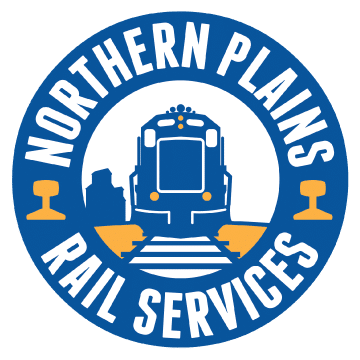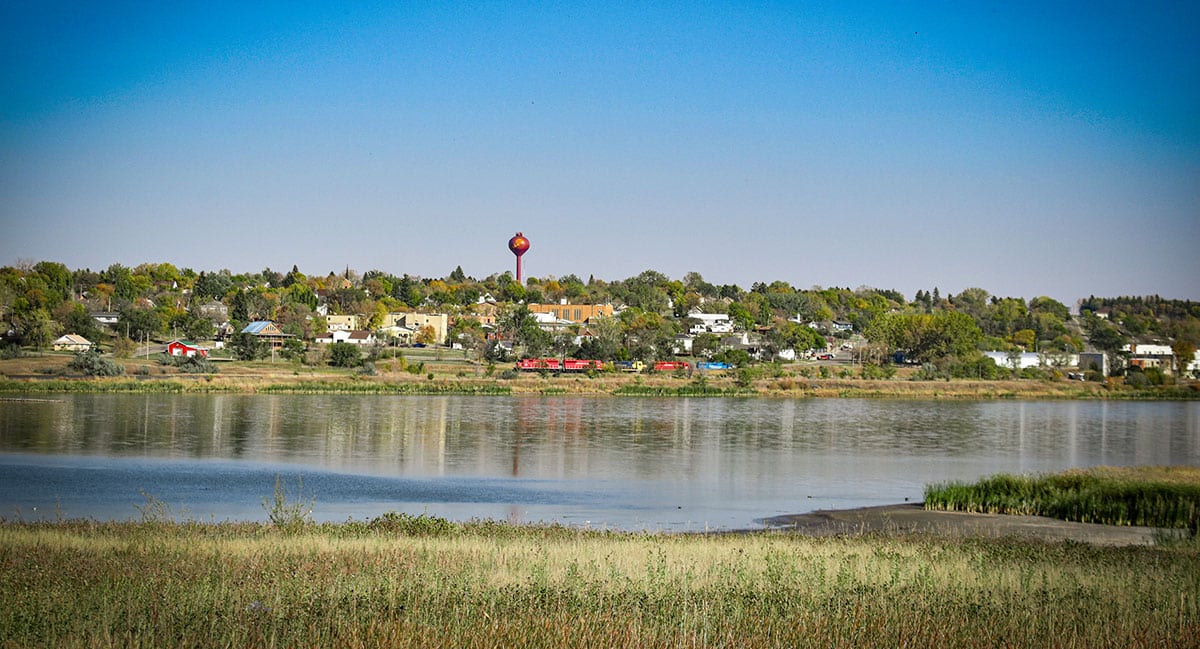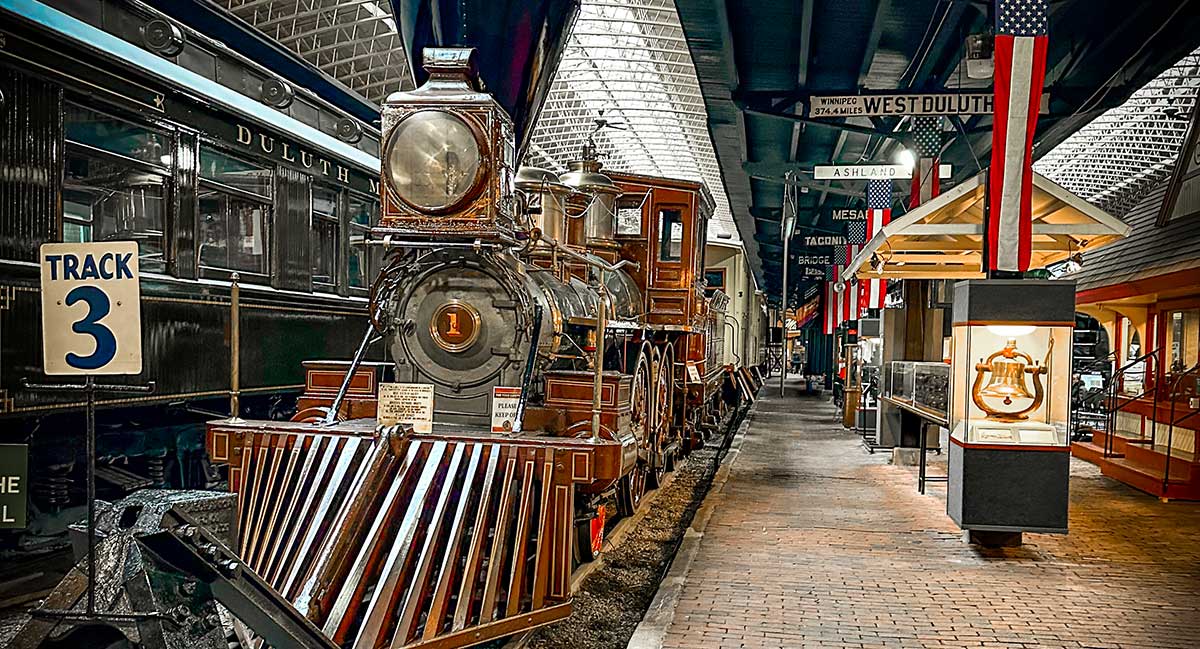
NPR Capacity: Driving Rail Traffic Growth to Vancouver and Beyond
By William J. (“Bill”) Salmond
Twenty years ago, when employed in the Network Capacity group at CP, we were provided with an unusually large budget and told to address infrastructure issues in western Canada that, when fixed, would improve the capacity of the network to handle traffic to the west coast. Most of that effort was to be directed to routes handling traffic destined for Vancouver, but a secondary effort was to be made to address the route to the Crowsnest Pass, where there had been a significant increase in grain and potash traffic destined for the UP interchange at Kingsgate. Some of that grain traffic would have originated on the Northern Plains Railroad.
Of course, there were many more projects that could be tackled than there was budget, so it was necessary to prioritize them. We were able to address many of the nagging issues that had developed over the years. Singly, they were not huge issues, but combined, they reduced the capacity of the network.
To place some of them in general categories, these included:
- Siding extensions. On the main line, there were enough sidings, but some were too short for the majority of trains.
- New sidings on secondary routes, where a dearth of sidings meant unacceptable on-duty times for crews, and the need to yard trains at terminals because there was nowhere for the train to go. New sidings would increase the number of trains that could be handled over that route.
- Improvements at or near crew change terminals. This included installing CTC in what was dark territory to speed up the movement of trains in and out of the terminal. Other projects included short sections of double track at or near terminals, sometimes replacing double track that had been removed in the past. (One of the first places double track was installed on main lines in the past was around terminals, to allow trains in one direction to continue operating while trains in the other direction may be delayed for one of a myriad of reasons that seem to occur at crew change terminals.)
- To alleviate issues caused by industrial switching on a single main line track, or in a main line siding. Solutions included construction of a new siding nearby, leaving the old siding for switching activity or, in one case, construction of a new section of double track.
- Double track extensions in specific locations to deal with one of the main reasons for train delays at the previous end of double track.
- Crossovers in double track. Without crossovers, double track simply becomes a very long siding. A train delayed in double track without crossovers may not affect trains in the opposite direction, but it delays all following trains in the same direction.
- Public and private crossing closures associated with a number of these track improvements, to allow operations to take full advantage of the new track constructed. It would not be an understatement to say that crossing closures were the most difficult and time-consuming part of the overall project.
Bill Salmond, out on the line, 2011
On capacity improvements made under Bill Salmond's watch; a westbound Royal Canadian Pacific business train meets an eastbound coal empty train destined for the southern BC coal mines. Photo by John Leeming.
A loaded grain train, originating on the NPR at Tolley, ND, arrives at the junction between the historic CPR mainline and the “SOO Line”— Pasqua, Saskatchewan
There were, if memory serves correctly, a total of 27 or 28 capacity improvement projects that were ultimately approved for construction that year, all in Saskatchewan, Alberta and British Columbia. Grain trains from the NPR headed to the Pacific Northwest via Kingsgate took advantage of a number of these improvements (and still do). These included:
- New siding on the Weyburn Sub between Portal and Moose Jaw
- Extended double track at west end of Moose Jaw yard, including speed improvements
- Extended double track and crossing closures at Swift Current, including an improved entrance to east end of Swift Current yard
- Extended last short siding on Maple Creek Subdivision west of Swift Current
- Major improvements to the junction between the main line and Crowsnest routes at Dunmore. This included extending the old Dunmore siding into about 5 miles of double track (with crossovers), constructing a lead to the Dunmore yard that removed switching activity from the old siding and single main track, and construction of long staging tracks to allow trains to be held for various reasons, including work blocks, traffic staging, etc. Previously, sidings would need to be blocked for this purpose. This was one of the biggest single projects constructed as part of that program.
- Between Dunmore and Crowsnest Pass, there were three new sidings constructed. This followed a previous-year project where a crossover was installed on one long existing switching lead to allow part of it to be used as a siding.
Now, two decades later, these projects continue to pay dividends to shippers, CPKC, and its partners, such as NPR, in moving freight to market.
This CP-produced map shows lines in North Dakota and western Canada where substantial investments in network capacity were made on sidings, double track, and improved signaling from 2005 onwards.
For more of the latest from NPRS, follow us on Facebook.






